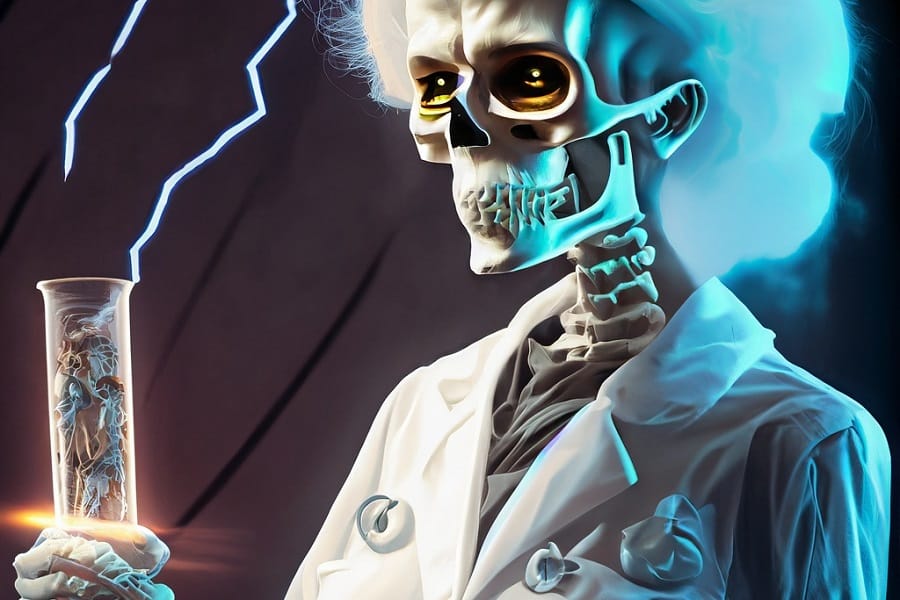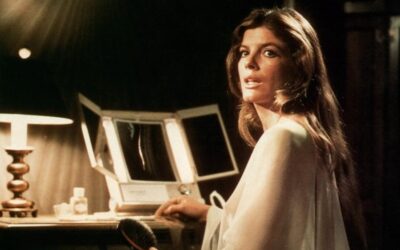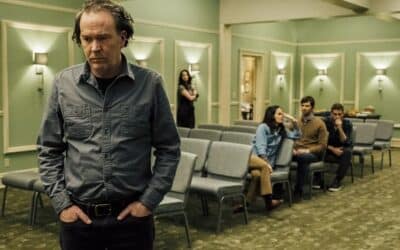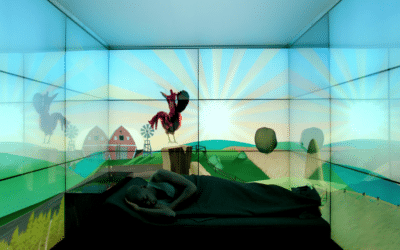
The Science of Horror
As the sun sets, darkness begins to unfurl its inky tendrils, bringing with it a shroud of mysteries and fears that have kept mankind on its toes for millennia. From creaky old mansions to the alien unknowns of deep space, from blood-curdling vampires to shambling zombies, our fictional fears have a root in our shared human experience. These fears, while often being dismissed as mere products of our overactive imaginations, bear a strong connection to real-life phenomena. So, fellow fear enthusiasts, grab your flashlight and let’s delve into the labyrinth of our collective psyche and the science of horror.
To understand the science of horror, we must first understand our brains’ love-hate relationship with fear. Our brains are designed to keep us safe, so why do we actively seek out scary movies, haunted houses, and horror novels? The answer lies in the amygdala, our brain’s fear center. When we experience fear, the amygdala triggers the release of adrenaline, leading to a heightened state of alertness and sensitivity. But here’s the twist: when we know we’re safe, such as when watching a horror film, this adrenaline rush can be interpreted as a thrill rather than a threat, giving us a pleasurable sense of excitement.
Now, let’s turn our flashlight towards some classic horror tropes, their real-life counterparts, and the science that connects them.
The Creaky Old Mansion
Let’s start with the quintessential setting of a horror story – the creaky old mansion. It’s a dark and stormy night, and every creak and groan of the old house sets your nerves on edge. But what’s the science behind these eerie sounds? It’s all about thermal expansion. As the day cools into night, materials in the house contract, causing them to move and generate those spine-tingling sounds. And as for the flickering lights? It’s usually due to loose wiring or power surges, but we won’t tell if you’d rather believe it’s a ghost.
The Dread of the Undead
Vampires, zombies, and mummies – oh my! The fear of the undead has permeated human culture for centuries. But is there any truth to these tales of the living dead? Believe it or not, there is a medical condition called Cotard’s Syndrome where sufferers believe they are dead, or parts of their body no longer exist. And the concept of vampirism? There’s a rare genetic disorder called porphyria that can cause sensitivity to sunlight and other symptoms that eerily mirror the vampire myth. Zombies? Try the parasitic fungus, Ophiocordyceps, which infects ants and effectively turns them into ‘zombies,’ controlling their movements to spread its spores. Creepy, but 100% real.
The Alien Unknown
Space: the final frontier and the perfect breeding ground for fears of the unknown. What could be more terrifying than the concept of life forms beyond our comprehension? This is a fear rooted in our lack of understanding and the vast unknowns of the universe. The famous Drake Equation suggests that there could be thousands, if not millions, of civilizations in our galaxy alone, but we’re yet to find definitive proof. So, while we don’t know if they’re out there or what form they might take, the idea of extraterrestrial life is a fear grounded in possibility.
The Monster Under the Bed
Finally, let’s shine our light on that age-old fear: the monster under the bed. It seems like a silly fear, but it’s actually rooted in our evolutionary history. Our ancestors lived in an environment full of real dangers and predators. So, the instinct to be wary of hidden threats was essential for survival. This ‘fear of the unseen’ has persisted and manifests today in our fear of the dark, or more specifically, what could be lurking within it. The ‘monster under the bed’ is essentially a modern manifestation of an ancient, primal fear.
The Macabre and Mortality
Horror is often a dance with death, and this dance isn’t just confined to the page or screen. It’s a universal part of the human experience. The fear of death, known scientifically as thanatophobia, is rooted in our understanding of our mortality. It’s a complex fear, tied to our consciousness, our self-awareness, and our struggle to comprehend the concept of non-existence. It’s the ultimate unknown, and horror lets us explore it from a safe distance, allowing us to grapple with our anxieties about life, death, and what might lie beyond.
The Fear Within
Perhaps the most terrifying horror of all is the one that comes from within: the human mind. Psychological horror hits close to home because it forces us to confront our own vulnerabilities, our sanity, and our grip on reality. Conditions like schizophrenia, dissociative identity disorder, or even sleep disorders like sleep paralysis, where individuals wake up unable to move and often experience terrifying hallucinations, are realities that far surpass the horror of any ghost story. These conditions, though often misunderstood and stigmatized, provide a basis for some of our most profound fears.
The Tangled Web of Fear
So, there you have it. The science of horror is a twisted web of psychology, biology, and cultural and evolutionary history. It’s a mirror that reflects our deepest fears, but also our attempts to understand and conquer them. We seek out horror not because we’re masochists, but because we’re explorers. We want to probe the darkness, to know what lies in the shadows, and to emerge on the other side, perhaps a little scared, but also a little braver.
In the end, the real-life phenomena behind our fictional fears remind us that we’re all just humans, trying to make sense of a world that is wonderful, strange, and yes, sometimes scary. But isn’t that part of the fun? As we turn the last page of a horror novel or the credits roll on a scary movie, we can sit back, let out the breath we didn’t know we were holding, and appreciate the delicious thrill of being alive.
Sweet screams, dear reader, until next time.
More Horror Features
1970s Horror
The 1970s may be gone, but the fear they inspired remains
Horror Through the Ages
A Journey Through Time and Terror
Technology in Horror
When gadgets become nightmares



